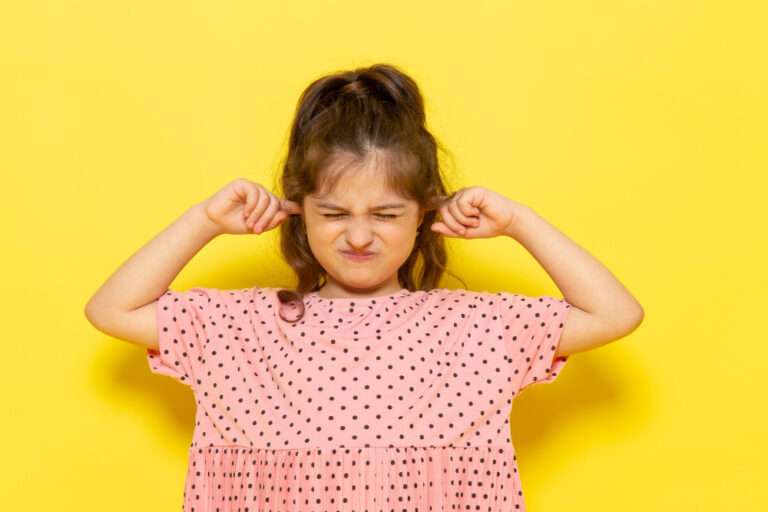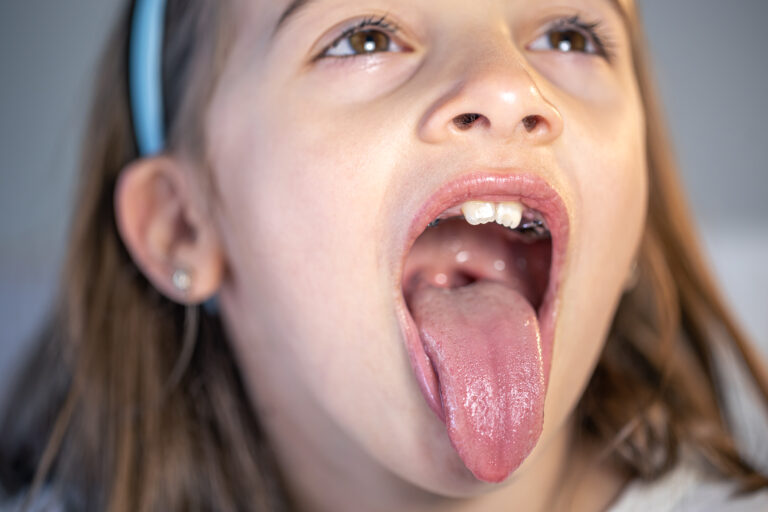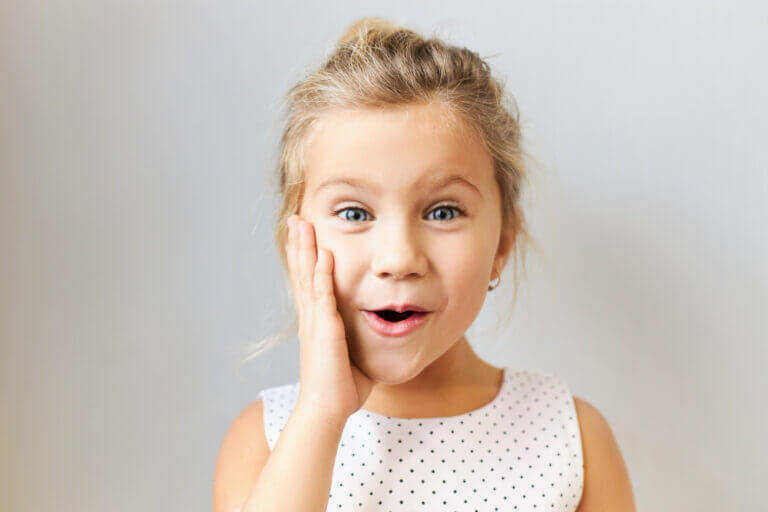Pediatric Otitis Media
Pediatric Otitis Media, commonly known as a middle ear infection, is a frequent condition affecting children. It involves inflammation and infection of the middle ear, which often results from another illness like a cold, leading to fluid buildup behind the eardrum. This condition can cause pain, fever, and in some cases, hearing difficulties. Here are key aspects of Pediatric Otitis Media:
Types
- Acute Otitis Media (AOM): This is the most common type, characterized by parts of the middle ear becoming infected and swollen, often causing pain and fever. Fluid and mucus are trapped inside the ear.
- Otitis Media with Effusion (OME): After an ear infection has run its course, sometimes fluid (an effusion) remains trapped behind the eardrum. A child may not have symptoms, but the presence of fluid can affect hearing.
Causes
The Eustachian tubes, which connect the middle ear to the throat and help to equalize ear pressure and drain fluid, are smaller and more level in children than they are in adults. This makes it difficult for fluid to drain out of the ear even under normal conditions. If the Eustachian tubes become swollen or blocked due to a cold or other respiratory illness, fluid may not be able to drain.
Symptoms
- Ear pain, especially when lying down
- Tugging or pulling at an ear
- Difficulty sleeping
- Crying more than usual
- Irritability
- Difficulty hearing or responding to sounds
- Loss of balance
- Fever
- Fluid draining from the ear
- Loss of appetite
Diagnosis
Diagnosis usually involves a physical examination. A healthcare provider might use an otoscope to look at the eardrum for signs of infection, check for fluid behind the eardrum, and assess the eardrum’s movement.
Treatment
Treatment depends on the child’s age, the severity of symptoms, and the type of Otitis Media:
- Watchful Waiting: For mild cases, especially in children over 6 months, a doctor may recommend monitoring the condition for a few days to see if it resolves on its own.
- Pain Management: Regardless of whether antibiotics are prescribed, managing pain with over-the-counter pain relievers like acetaminophen or ibuprofen (for children over 6 months) can be recommended.
- Antibiotics: If symptoms are severe or do not improve, or if the child is under 6 months, antibiotics may be prescribed.
- Myringotomy with Tube Placement: In cases of recurrent Otitis Media or persistent fluid in the middle ear, a surgical procedure to drain the fluid and insert a small tube into the eardrum might be recommended to help prevent future infections and improve hearing.
Prevention
- Breastfeeding for at least the first six months of life
- Avoiding “bottle propping” and feeding infants in a somewhat upright position
- Reducing exposure to known allergens and tobacco smoke
- Keeping immunizations up to date, including the flu vaccine and pneumococcal vaccine
Complications
Though most children recover without any lasting problems, untreated or frequent ear infections can lead to complications such as impaired hearing, speech or developmental delays, and more rarely, mastoiditis (an infection of the bone behind the ear) or meningitis.
Early treatment and regular monitoring can help manage Pediatric Otitis Media effectively, minimizing discomfort for the child and reducing the risk of complications.
------------From our Sponsors------------









